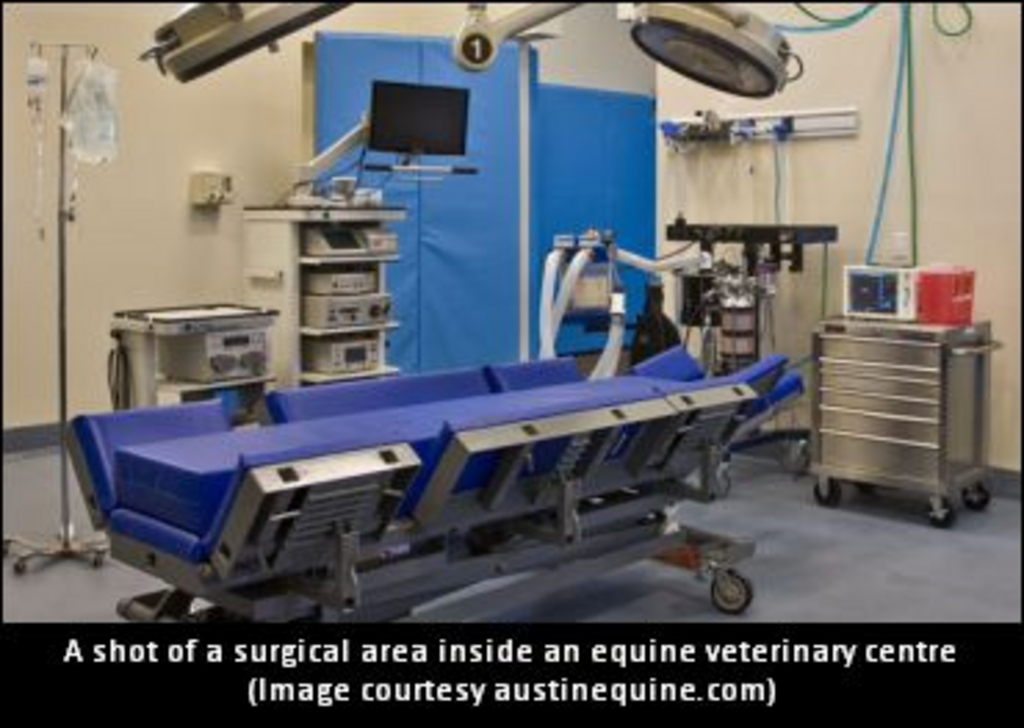Study Targets Equine Lameness

Every Standardbred horseperson in the world has had their operation stricken by equine lameness at one point or another. Lameness tends to strike at the worst of times, but a new study has found that shelf time can be limited if certain steps are taken.
According to an article by phys.org, scientists from The University of Nottingham, Moscow State Academy and Kazan Federal University recently conducted joint research into gene therapy targeting equine lameness.
Gene therapy technology was used in an attempt to cure horses of lameness. In the study, DNA derived from equine was injected into the tendons and ligaments of the lame horses. The research found that the lame horses were able to walk and trot within two to three weeks of the therapy being initiated. The research found that the horses in question were back to full, competitive health within two months and displayed no adverse side effects from the procedure.
The results from the study have been published in an academic journal entitled ‘Frontiers in Veterinary Science.’ According to the phys.org article, the gene therapy utilized in the study featured a combination of the Vascular Endothelial Growth Factor gene VEGF164 – which is used to enhance the growth of blood vessels – and bone morphogenetic protein 2 (BMP2) – which plays an important role in the development of bone and cartilage.
The VEGF164 and BMP2 were both derived from horses, according to the article. The procedure results in a biosynthesis of natural horse proteins in the treated equine. The study also explained that the combination of the two genes was cloned into a single plasmid DNA. The study concluded that the combination of the two genes is both biologically safe and unlikely to lead to an immune reaction from the equine.
"Advancing medicine, relieving pain and restoring function were the main aims of this study,” said Kazan Federal University-based Professor Albert Rizvanov, who led the study. “We have shown that these are possible and within a much shorter time span than treatments available at the moment. In addition, we could use this type of therapy in other injuries and in many other situations ranging from fertility problems through to spinal cord injuries.”
(With files from phys.org)

